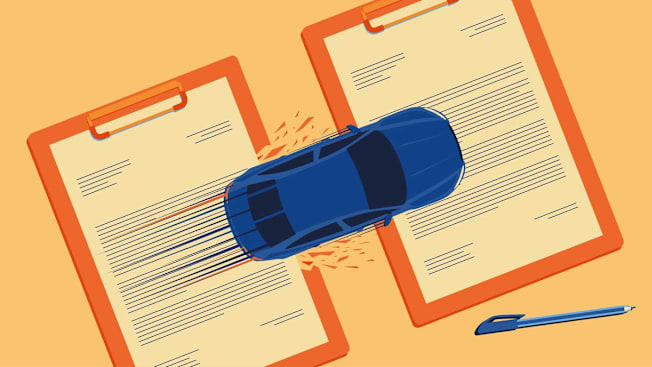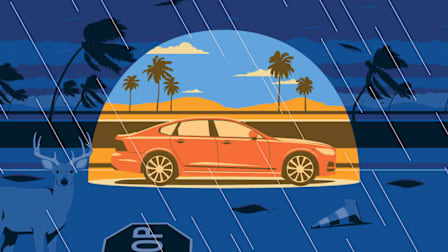Why Most Drivers Switch Car Insurance—and How Much They Save
A national survey reveals that policyholders can save money by switching companies. But how much?

Consumers who change car insurance companies most often do so in pursuit of savings, according to data from a Consumer Reports national survey of more than 40,000 policyholders. In our most recent survey, we found that 30 percent of current policyholders had switched to a different car insurance company in the past five years.
This practice aligns with our long-standing, survey-based advice to comparison shop for car insurance every year or two, as policyholders routinely share that they save hundreds of dollars with this strategy. We often see that remaining a loyal customer for many years isn’t rewarded with savings.
Car Insurance Switchers, To and From
© 2024 Consumer Reports. All Rights Reserved.
Among the companies that gained customers due to switching, four stood out with more than 4 out of 5 switching policyholders citing a better premium price as a motivation: NJM (87 percent), Hartford (85 percent), Hanover (83 percent), and Acuity (83 percent).
Hartford (79 percent), Mercury (78 percent), Liberty Mutual (77 percent), and Farmers (77 percent) were the companies that lost customers mostly due to premium costs.
Seeing Hartford top both lists reinforces the importance of negotiating or switching companies.
How Much Can You Save by Switching Car Insurance?
As the adage goes, switching car insurance can help you save a bundle. The survey respondents put that marketing line into dollars, citing a median annual savings of $461. That’s almost a third of the median annual premium in the survey ($1,452).
A significant 41 percent saved $500 or more, and 13 percent saved $1,000 or more.
Naturally, the higher the premium, the larger their savings when they switched. Median annual savings ranged from $298 for those whose current premium was under $500 per year, up to $922 for those paying $5,000 or more per year in car insurance premiums.
Among those who switched to Amica for premium-related reasons, the median savings among policyholders was $666 per year.
How Do You Save on Car Insurance?
It’s worth reviewing your policy every year to make sure it still meets your needs. For instance, does it reflect the number of miles you drive? Does it cover the right number of drivers? Do you still park in the same location?
Look at the deductible and consider raising it. The higher the deductible, the lower the insurance. The savings can be significant. Our calculations show that increasing the deductible from $500 to $1,000 can reduce your premium by 20 to 25 percent.
Bundling home and car insurance can save money, but not always. Be sure your strategy is bringing you savings.
Shop around every year or two to compare rates. Chuck Bell, CR’s programs director for advocacy, says that Compare, Experian, Insurify, Jerry, Policygenius, and The Zebra are dependable and fairly comprehensive. But he cautions that no insurance comparison website is perfect, and they don’t necessarily compare rates from all insurers.
You can target the cheapest car insurance companies and use CR’s car insurance ratings as a guide to the best overall companies.
Learn more about how to lower your car insurance rates.
More on Car Insurance
• CR’s Car Insurance Ratings and Buying Guide
• Best Car Insurance Companies
• Cheapest Car Insurance Companies
• How to Lower Your Car Insurance Rates
• Best Car Insurance Companies for Seniors
• Everything You Need to Know About Teen Car Insurance
• Proven Ways to Save on Car Insurance Even If You’re a Safe Driver
• How to Keep Your Car From Getting Stolen
• How to Prevent Catalytic Converter Theft




















